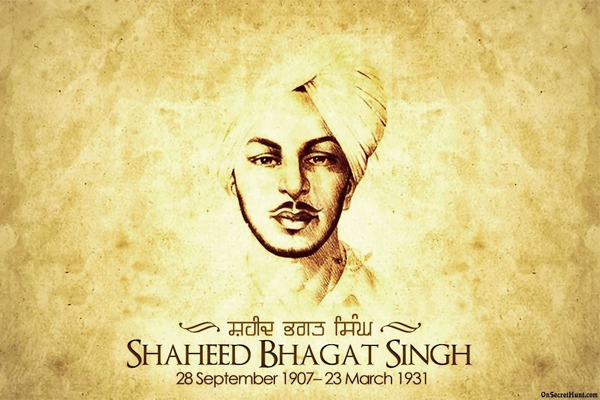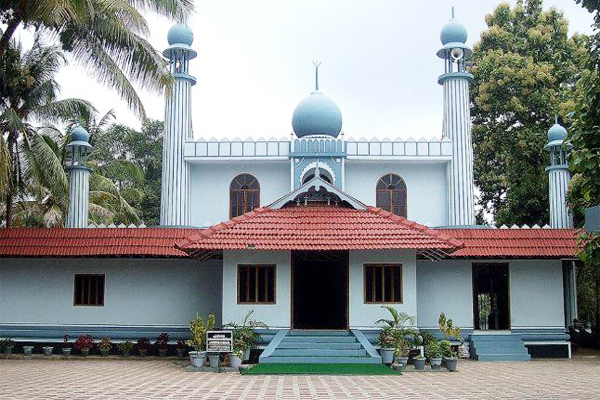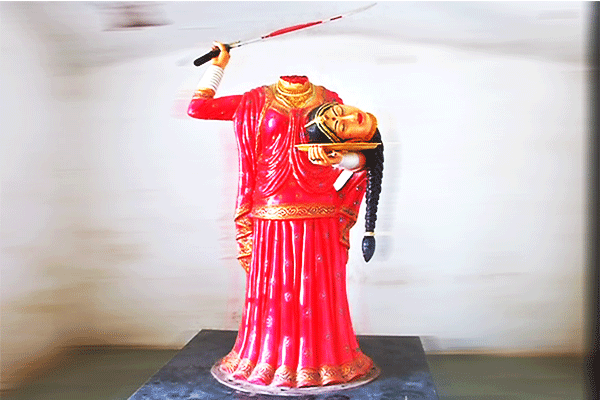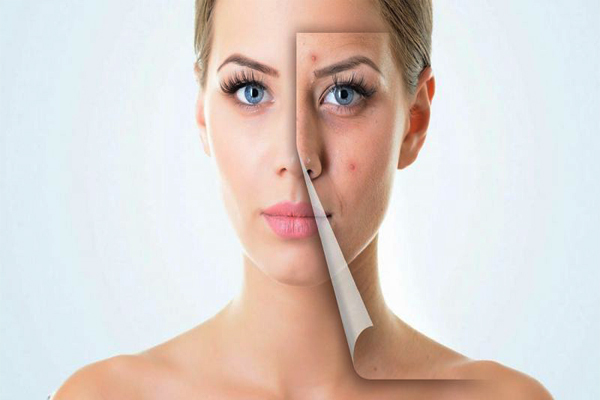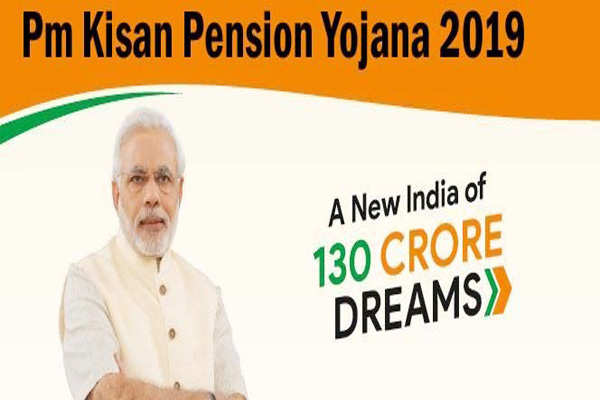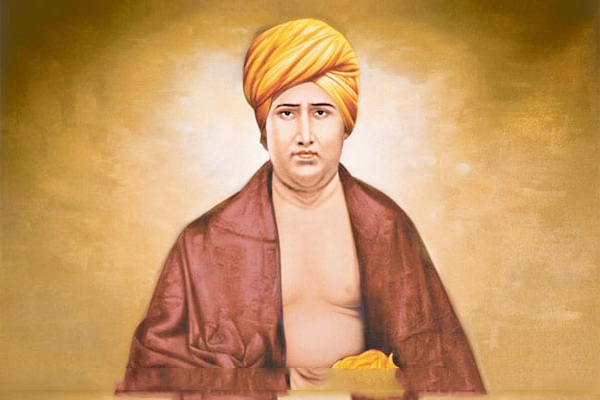Yoga Poses to Relieve Tension or Headaches: Headaches are often caused by tension in the neck, shoulders, or back. Yoga can target these areas, helping to relieve tension that may be causing headache symptoms. In this article, you’ll find out which poses are best for headache relief.
What is the Yoga Poses for Headaches?
Many people suffer from headaches and migraines. Sometimes it can be a simple headache, and other times it’s a complex pain disorder. Yoga is an excellent way to relieve headaches or migraine pain. It can help you get relief for that day and long-term relief by preventing future attacks. Headaches are the most common reason for people to seek out yoga. Many poses can help with headaches because they can help relax you and increase blood flow. The majority of Yoga poses involve the head, face, and neck, where you would find tension or tightness that causes pain.
10 Yoga Poses to Combat Headaches
Yoga is effective in fighting headaches. Yoga is a series of poses that are designed to improve the flow of energy in your body. There are many yoga poses suitable for people who have problems with tension, anxiety, and stress. The 15 yoga poses below are some of the best for relieving headaches.
Tadasana (Mountain Pose): Discovering Alignment and Finding the Center:Tadasana is a yoga pose that opens the heart and mind. It takes us to a place of clarity and stillness, where we can gain a sense of balance, centre ourselves, and discover our home within. Tadasana is a pose that you can do to find your centre. This ultimately has the power to help release tension in both body and mind, calm the nervous system, and reset your perspective. To do Tadasana, stand with feet together or slightly apart, torso erects with an extended chin.
Stand with your back to the wall, with your feet together. If that is uncomfortable, separate the feet three or four inches. Planting the feet firmly on the ground is vital for balance. Balance your weight by standing on one foot and moving front, back, and side-to-side. It’s best to find your balanced stance with your feet slightly apart.
The placement of your feet can influence how you are standing. When you are learning to stand in the way that feels right, give yourself enough time to explore and discover how you are standing.
Parsvottanasana Arms: Opening the Chest:Move away from the wall and roll your shoulders back. Clasp your elbows with your hands behind your back. If you have more flexibility, you may join your palms behind your back, with the fingers pointing upward. Roll the upper arms back toward the wall on the exhale, opening the chest between the sternum and shoulder. As you open, keep the ribs relaxed; make sure they don’t jut forward. Remember to stay grounded in your feet and centre the movement below the navel. Relax the eyes, jaw, and tongue. Release on the exhalation. Change the arm on top if you are clasping your elbows, and repeat.
Garudasana Arms: Opening Between the Shoulder Blades:This posture is beneficial for alleviating pain between shoulder blades. It helps keep the shoulder blades open when we stretch the back. Place both arms over your body with your right hand beneath the left one, and then hug your body. Exhale and raise the hands back, the left arm resting on the right elbow. Keep the palms rotated toward each other. Breathe in and be aware of the stretch. After several breaths, lift the elbows upwards until they reach the shoulder. Keep your feet grounded and centred in the region beneath the navel. Relax your jaw, eyes, and tongue. Notice the expanding of your inhalation in between the shoulder blades and then the release upon exhalation. Lower the arms upon the exhalation, and repeat by placing the left arm beneath the right.
Gomukhasana Arms: Stretching the Shoulders:This posture opens and allows movements in the shoulders that help to straighten the upper head and back position. Set your feet with your feet in a straight line and lift the sides of your upper torso, pressing into the bones of your sitting. The shoulders fall, and the head is placed on the midline of your body. The right arm should be lifted into the air (with belts in your hands if you’re struggling with your shoulders) and stretch it out starting from the side of your little finger. The right elbow should be bent, and extend it between your shoulder blades. Lean your left arm to your back, and then swing your left hand upwards to join the right hand, securing hands or taking the belt. The ribs should be relaxed. The right elbow should be lifted into the air, then lower the left arm down. Be sure that the spine remains extended and does not lean either way to help relieve tight shoulders. Exhale and release, then reverse the positions of the arms.
Supta Baddha Konasana: Passively Opening the Chest, Releasing Tension From the Neck: This posture can be performed at the first sign of a headache. It opens the chest, and while the head is lying down, it encourages the neck to ease into a relaxed position. It is best to do this with your eyes closed and covered by an eye bag wrap or blanket. Relax on a bolster or a small set of three blankets with your head supported by another blanket. The lower edges of the blankets should be brought directly in contact with your buttocks, which will support your lower back. The chin should be lowered to create an elongation of neck muscles, specifically those at the skull base.
To release from the posture, place the soles of your feet on the floor with the knees bent, and then roll them towards the side. The soles of your feet are in a slack position and then spread your knees apart. Supported by another blanket roll, or if it is uncomfortable, bend your legs and support your knees by blanket rolls. Test the level of support to determine the most comfortable posture that is best for you. Relax and breathe deeply while relaxing your jaw, forehead, eyes, and tongue. Avoid this posture in case you’ve suffered from spondylolysis or spondylolisthesis.
Supported Child’s Pose: Resting the Upper Back and Releasing the Neck:Place yourself on a cushion with your knees bent. Place your feet beneath your buttocks. Keep your knees about the width of your hips, and then join your feet. Your torso should be positioned forward and rest your body on an inclined array comprising blankets and a bolster set to a suitable height. The support should be pulled into your stomach. Lower your chin toward your chest while resting your head. It may be beneficial to have an additional blanket to help support your forehead, but you should continue to stretch the neck. Lowering the chin towards the chest will give a nice stretch for the neck’s back just beneath the skull. The arms should be resting on the floor with palms down with elbows bent and hands close to the head.
Supported Forward Bend: Releasing and Relaxing the Neck:Place yourself on the floor in the middle of a chair, while your feet are crossed with enough blankets in the seat to allow your forehead to rest on them without strain. If it is difficult, you can sit with your legs straight beneath the chair. Relax your head on the chair’s seat or blankets and place your arms on your forehead. When your legs have straightness, pull the chair up over your legs and lower them towards your stomach. Lower your chin toward the chest, allowing it to stretch your neck muscles. Allow the pressure of your head falls on the seat of the chair. Breathe deeply and slowly.
Supported Ardha Uttanasana (Half Forward Bend): Stretching the Lower Back, Relaxing the Upper Back and Neck:Stand in front of a table stacked with blankets high enough so that when you bend over and rest your torso on them, they make a right angle. Extend the spine and rest the arms straight forward or crossed, whichever is more comfortable. Drop the chin towards the chest and let the neck gently stretch. Breathe deeply and slowly. Drop your chin towards your chest, let your neck gently stretch, and then slowly breathe in and out.
If the headache has improved, do the following two poses. If it has continued, go to Viparita Karani or rest flat on the ground in Savasana with your eyes covered and a blanket under your head.
Adho Mukha Svanasana (Downward Dog): Deeply Stretching the Back, Shoulders, and Legs:This posture should be performed using the head supported by a chair and the chin moving toward the chest to make it easier to lengthen the neck. If you can, try the support of a belt securing to door handles or a partner, and a belt placed at the high point the top of the thighs to help bring the spine into a more relaxed. Begin by kneeling and holding hands while exhaling, move the toes to the side and raise the sit bones while straightening the arms and legs. Put your hands on the ground while the spine’s base the spine moves upwards diagonally. The force exerted by the head will cause an extension of the neck. Make sure the ribs don’t sink. Lift them to create a gap between the shoulder blades and keep them from getting stuck in the spine. Releasing them on exhalation.
Viparita Karani: Inverting the Blood Flow and Calming the Mind:As this pose boosts blood flow to the head, It is a great choice in the initial stages of headaches. If you’re experiencing symptoms of migraine, which indicate that the blood vessels have dilated and the pain is increasing, avoid this posture and instead rest in the savasana position. Don’t do this pose if there is Hiatal hernias, eye pressure, retinal issues, heart issues, disc issues in the neck, or when you are experiencing a menstrual cycle or pregnancy.
Sitting on the floor, with a blanket or bolster underneath the lower part of your back, you can place your legs against the wall. Be sure to take a step back, lower the jaw down, and create an extension in the neck. Make sure to cover your eyes with either an eye-bag wrap or. Some people experience relief from headaches from this posture when they put an object, like a sandbag, on the head, placing the one end resting on the forehead, and the other placed across the upper part of the head and placed on the floor.
